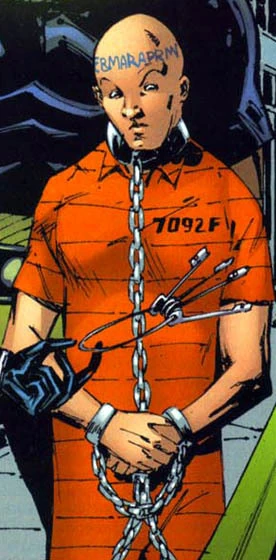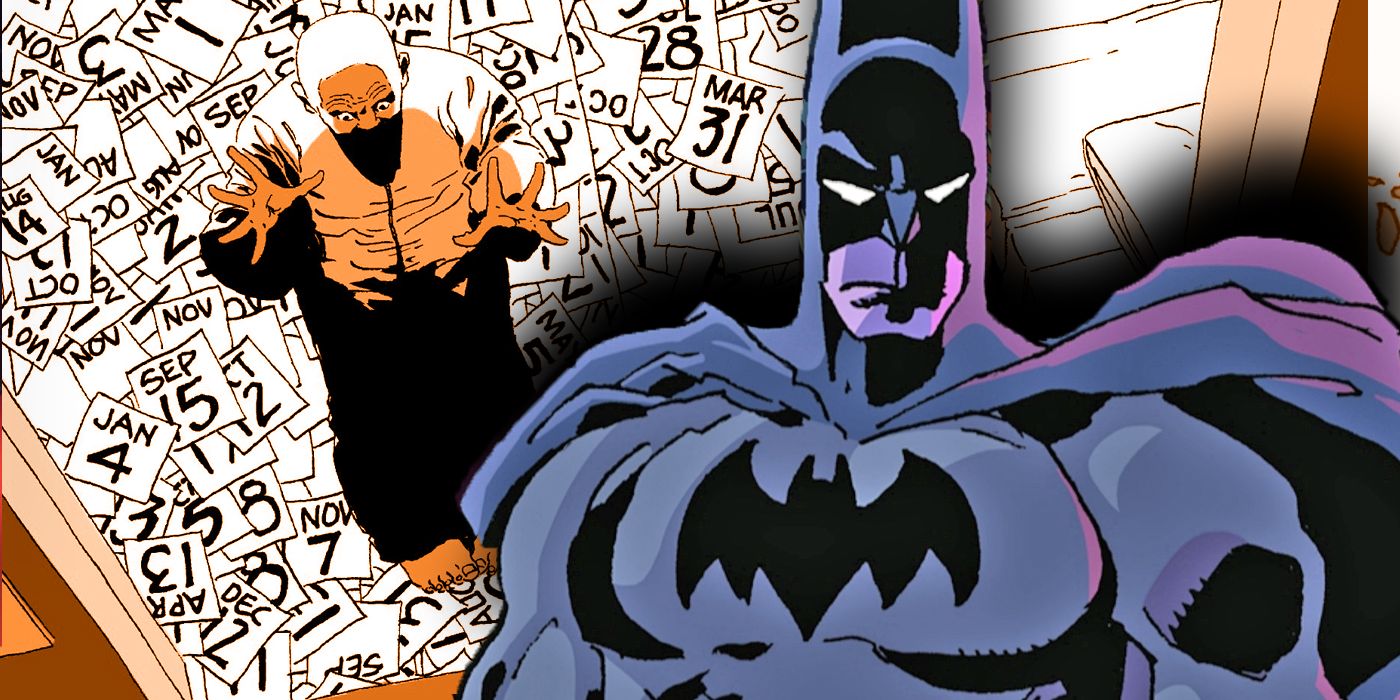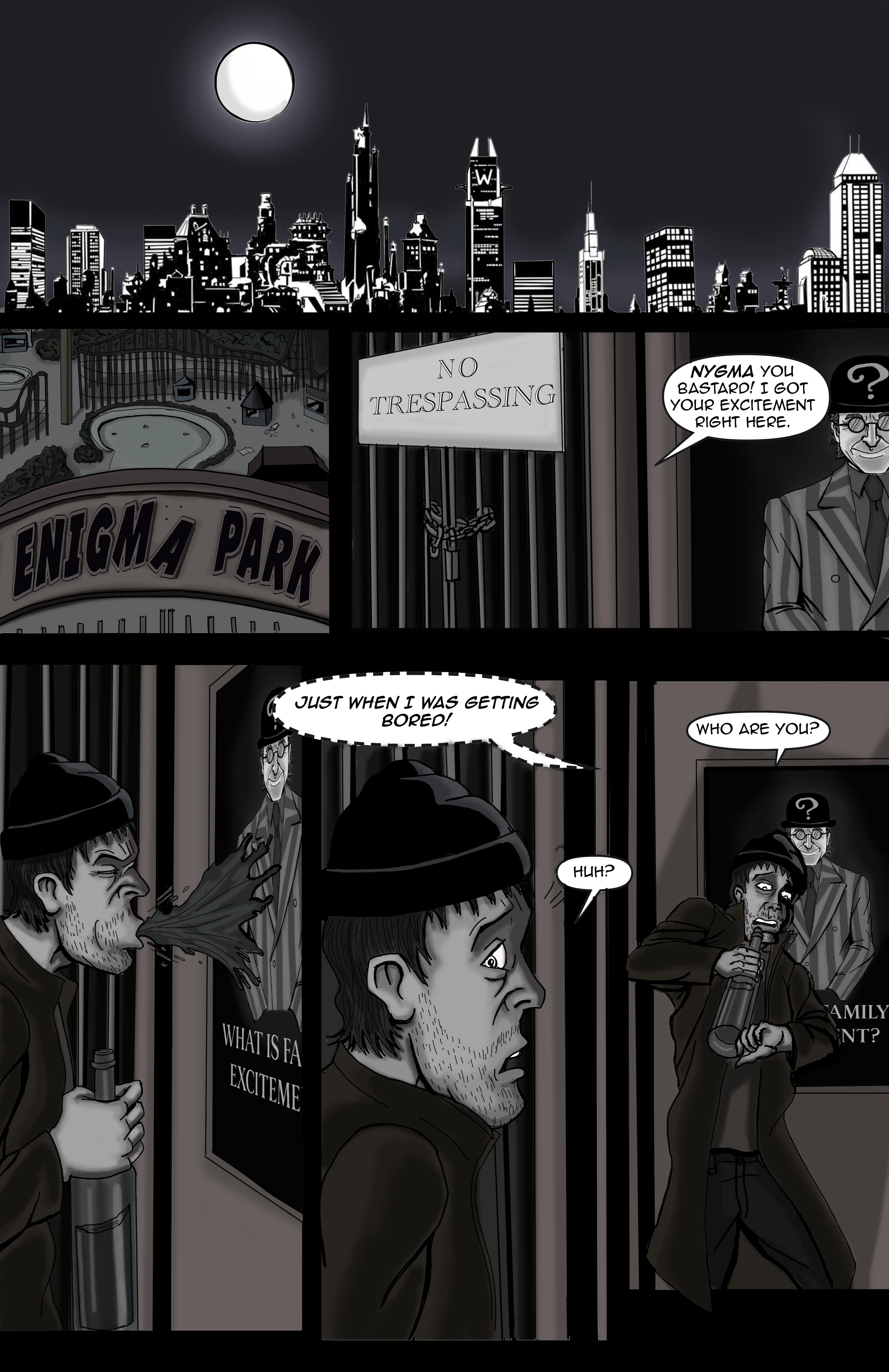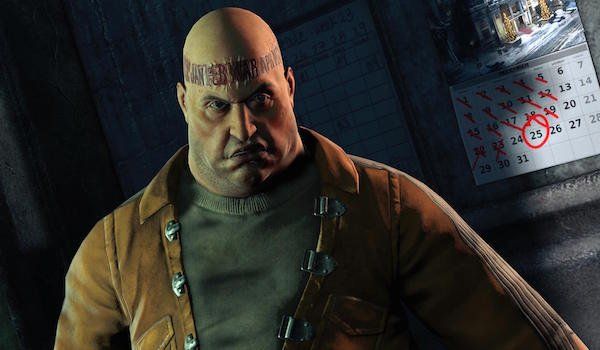The Enigma of Calendar Man: Deconstructing a Batman Villain in "The Lengthy Halloween"
Associated Articles: The Enigma of Calendar Man: Deconstructing a Batman Villain in "The Lengthy Halloween"
Introduction
On this auspicious event, we’re delighted to delve into the intriguing subject associated to The Enigma of Calendar Man: Deconstructing a Batman Villain in "The Lengthy Halloween". Let’s weave attention-grabbing data and supply contemporary views to the readers.
Desk of Content material
The Enigma of Calendar Man: Deconstructing a Batman Villain in "The Lengthy Halloween"

Jeph Loeb and Tim Sale’s Batman: The Lengthy Halloween is a celebrated graphic novel, lauded for its intricate thriller, atmospheric artwork, and compelling character improvement. Whereas the story contains a rogues’ gallery of iconic Batman villains, one stands out for his distinctive, virtually poetic, model of insanity: Calendar Man. Removed from a easy henchman or simply dismissed antagonist, Calendar Man, in Loeb and Sale’s reimagining, turns into a chillingly efficient foil to Batman, a logo of the relentless passage of time and the cyclical nature of violence. This text will delve into the character’s portrayal in The Lengthy Halloween, analyzing his motivations, his strategies, and his significance throughout the broader narrative.
In earlier iterations, Calendar Man, Julius Pepper, was usually depicted as a comparatively low-level villain, his crimes dictated by the calendar. His schemes have been whimsical, even foolish, missing the depth and chilling precision seen in The Lengthy Halloween. Loeb and Sale dramatically elevate the character, remodeling him from a unusual antagonist right into a genuinely unsettling and thought-provoking determine. This transformation is achieved not via brute pressure or technological prowess, however via a meticulous understanding of human psychology and the meticulous planning that displays his obsession with the calendar.
The Calendar Man of The Lengthy Halloween isn’t merely committing crimes on particular dates; he’s crafting a meticulously deliberate narrative, a macabre calendar of dying, every homicide a fastidiously chosen occasion tied to a selected date, vacation, or historic occasion. This methodical strategy contrasts sharply with the chaotic violence of the Vacation Killer, the story’s central antagonist, highlighting the completely different approaches to legal enterprise. Whereas the Vacation Killer operates in a frenzy of seemingly random violence, Calendar Man’s actions are deliberate, every homicide a meticulously deliberate chapter in his bigger, twisted story.
His crimes are usually not random acts of violence, however reasonably symbolic representations of his personal inside calendar of trauma and grief. He does not merely kill; he performs. Every homicide is a theatrical manufacturing, a meticulously staged occasion tailor-made to the date, reflecting his warped view of the world. For instance, his homicide on Groundhog Day is not only a killing; it is a commentary on the cyclical nature of violence and the seemingly limitless repetition of struggling. This elevates his standing past a mere legal; he turns into an artist of dying, a grim puppeteer orchestrating a play with human lives as his puppets.
This inventive strategy additionally permits Loeb and Sale to discover themes of reminiscence and time. Calendar Man’s obsession with dates acts as a metaphor for his lack of ability to flee the previous. He’s trapped in a perpetual loop of remembrance, continuously revisiting previous traumas and anniversaries, manifesting them in his ugly acts. Every homicide is a morbid commemoration, a twisted try to regulate the relentless march of time that continues to inflict ache upon him.
The graphic novel skillfully avoids revealing Calendar Man’s full backstory. This ambiguity provides to his mystique and permits the reader to piece collectively his motivations from his actions. We glimpse snippets of his previous – a touch of childhood trauma, the suggestion of a damaged household – however the full image stays elusive. This lack of specific exposition forces the reader to interact actively with the character, decoding his actions and drawing their very own conclusions about his motivations. This ambiguity makes him much more compelling than a villain whose total backstory is laid naked.
Moreover, Calendar Man’s methodical strategy serves as a counterpoint to Batman’s personal relentless pursuit of justice. Whereas Batman operates throughout the bounds of the legislation, albeit usually bending them, Calendar Man operates outdoors of them, but with an virtually perverse sense of order. This distinction highlights the completely different approaches to coping with the cyclical nature of crime and violence. Batman strives to interrupt the cycle, whereas Calendar Man embraces it, utilizing it as a framework for his personal twisted narrative.
The artwork type of The Lengthy Halloween additional enhances Calendar Man’s character. Sale’s evocative art work captures the character’s unsettling demeanor, highlighting his pale complexion, his unsettlingly calm expression, and his virtually theatrical presentation of his crimes. The usage of shadows and lightweight creates an environment of suspense and unease, completely complementing the character’s macabre aesthetic. His costumes, usually reflecting the theme of the date, are visually placing, including to his theatrical persona.
The character’s dialogue is equally vital. His pronouncements are sometimes cryptic and poetic, laced with a disturbing sense of calm amidst the chaos he creates. He does not boast or enjoy his crimes; reasonably, he presents them as inevitable occurrences, predetermined occasions on his meticulously crafted calendar. This indifferent, virtually philosophical strategy to homicide is what makes him so unsettling. He is not pushed by rage or greed, however by a twisted sense of order and an obsessive have to commemorate his private calendar of loss.
In conclusion, Calendar Man in The Lengthy Halloween transcends the everyday portrayal of a comic book ebook villain. He is a posh character whose actions are pushed by a deep-seated psychological trauma, manifested in a meticulous obsession with time and dates. He’s not merely a perpetrator of violence, however a twisted artist, a grim storyteller weaving a macabre narrative via his fastidiously deliberate murders. His presence within the narrative serves as a chilling commentary on the cyclical nature of violence, the enduring energy of reminiscence, and the relentless march of time. By way of Loeb and Sale’s masterful storytelling and Tim Sale’s evocative art work, Calendar Man turns into a very unforgettable antagonist, a personality whose enigma continues to fascinate and unsettle readers lengthy after they’ve completed the graphic novel. He is a testomony to the facility of nuanced character improvement, proving that even a seemingly minor villain can turn out to be a compelling and thought-provoking determine in the best arms. His legacy in The Lengthy Halloween is not only a sequence of ugly crimes; it’s a poignant exploration of human fallibility and the enduring battle towards the relentless passage of time. He’s, in essence, a calendar of grief, meticulously crafted and chillingly unforgettable.








Closure
Thus, we hope this text has offered useful insights into The Enigma of Calendar Man: Deconstructing a Batman Villain in "The Lengthy Halloween". We hope you discover this text informative and useful. See you in our subsequent article!